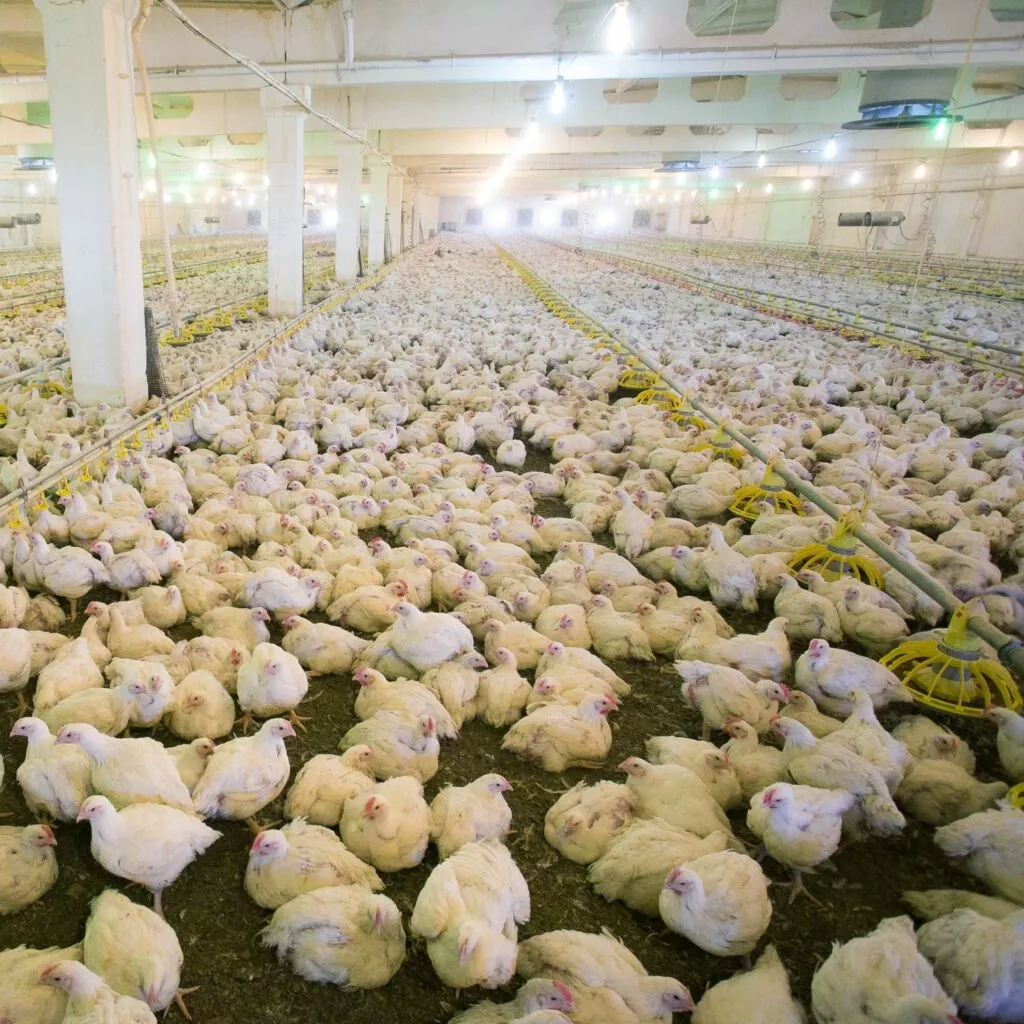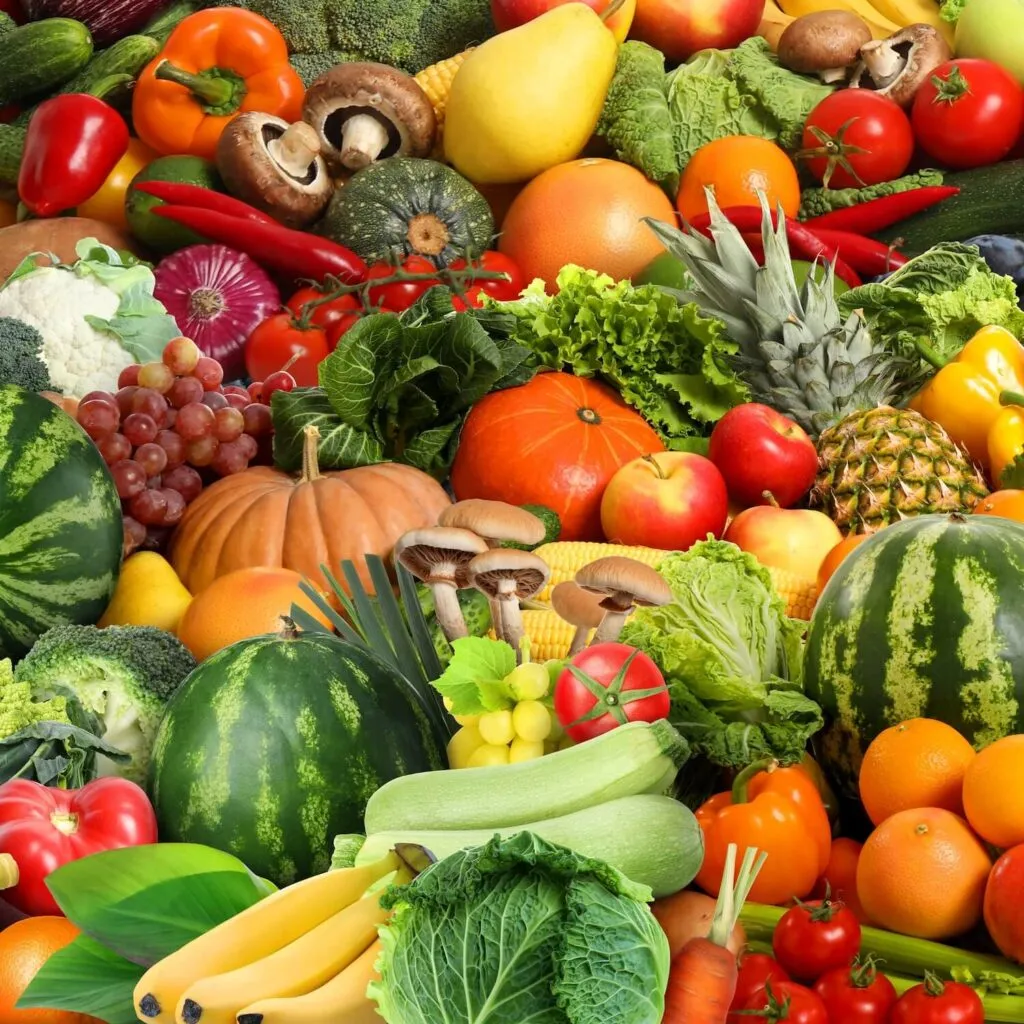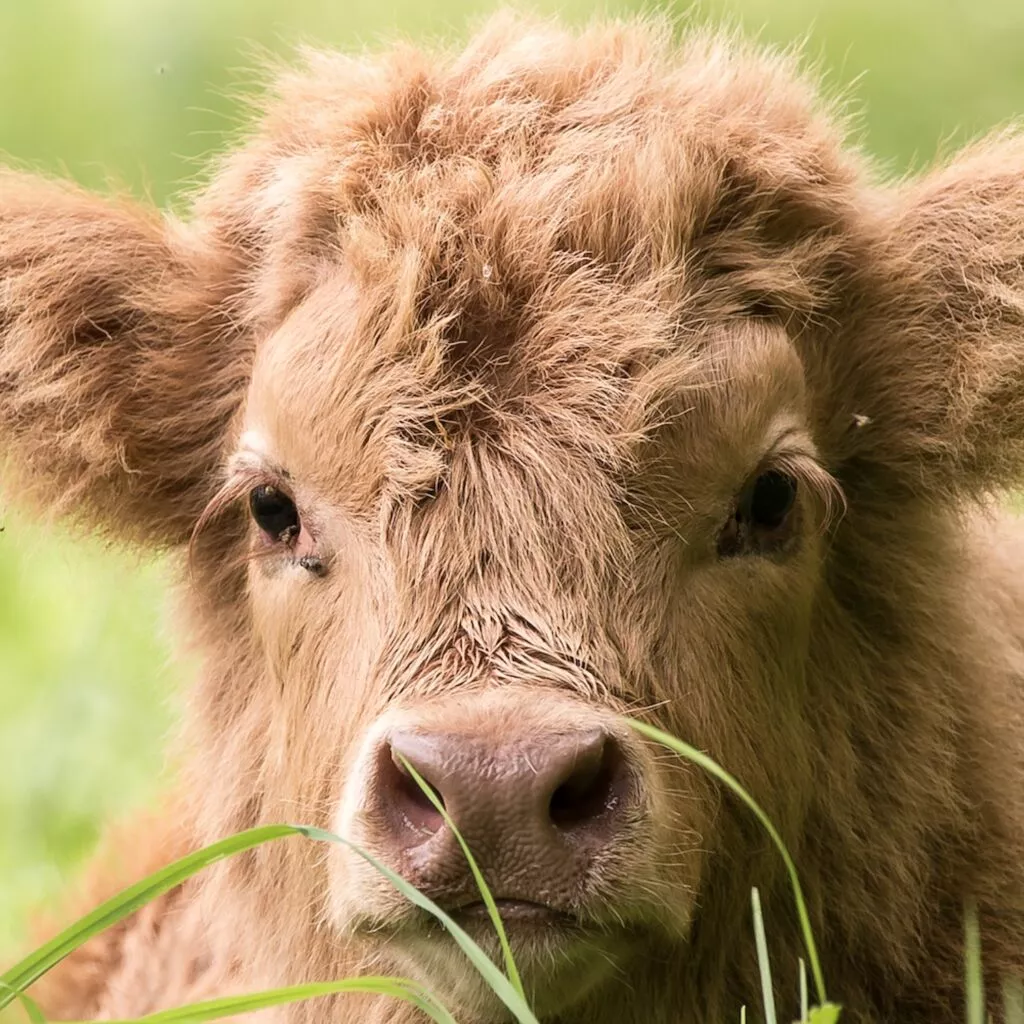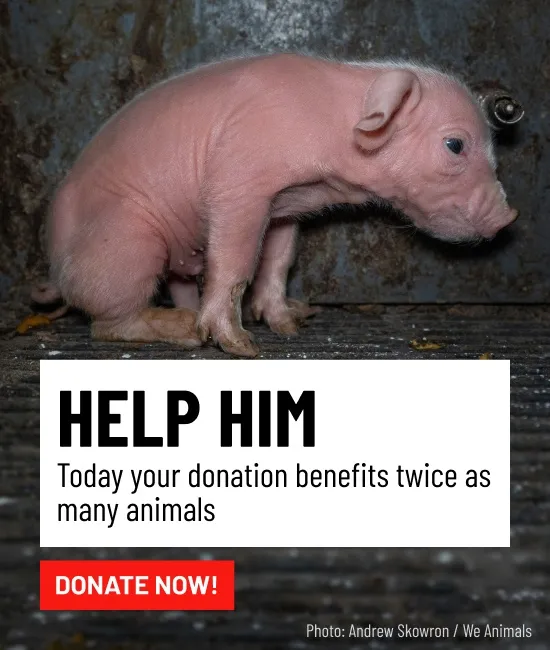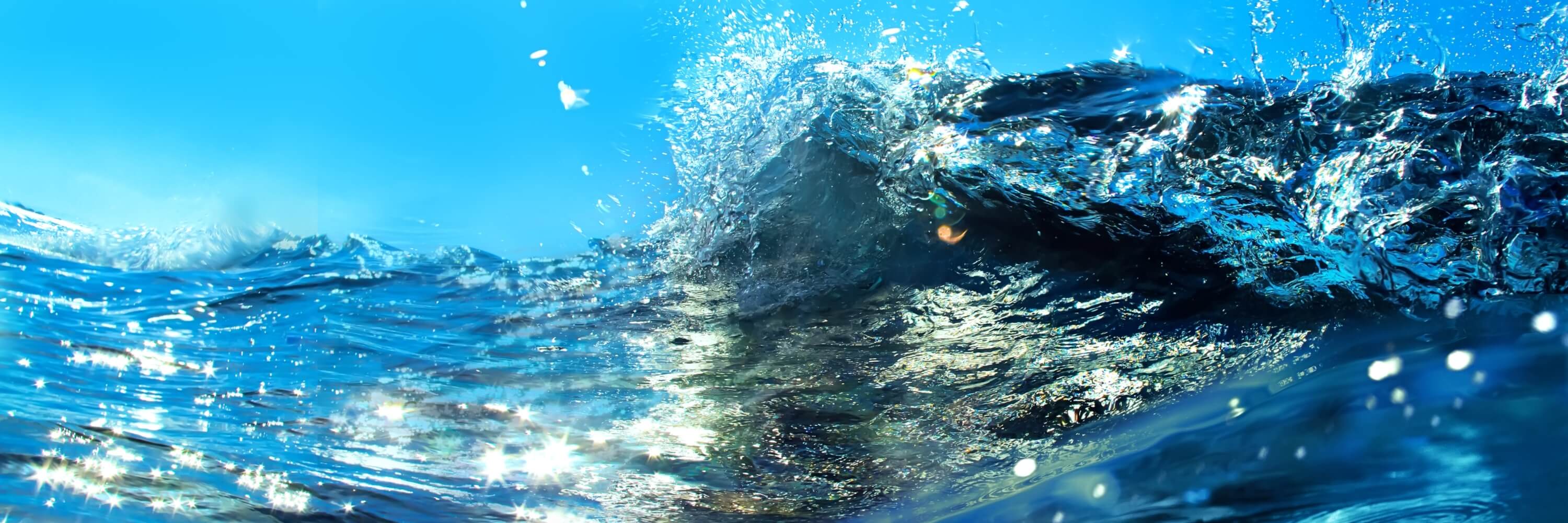

Everything You Need To Know About Seaspiracy

We watched the new documentary exposing the fish industry produced by the makers of Cowspiracy and What The Health. Here are our thoughts and why you must watch it!
The documentary Seaspiracy, produced by the makers of the documentaries Cowspiracy and What the Health, is now available on Netflix, as of 24th March.
The purpose of this documentary is to expose the terrible impact that humans have on marine life. The film is directed by Ali Tabrizi.
Watch the Seaspiracy trailer here:
Seaspiracy is the result of years of investigations, conducted by director Tabrizi together with executive producer Kip Andersen, known for his groundbreaking documentary Cowspiracy. Seaspiracy was inspired by Tabrizi’s mission to explore the impact of our actions on sea creatures, and he was specifically interested in looking into commercial practices like whaling, considered by many to be unethical and cruel. But the more Tabrizi investigated, the clearer it became that the real culprit for the end of life in the ocean was industrial fishing.
Seaspiracy: the documentary that caused controversy even before its release
Before Seaspiracy was released, the National Fisheries Institute (NFI) is reported to have written to Netflix criticising the documentary, calling it: “a ninety-minute vegan propaganda piece.”
Despite industry pushback, the documentary was released on 24th March, and is now available for all to see. Let’s take a look at some of the main themes it deals with.
Tuna: the ‘red gold’ that is about to go extinct
Tabrizi’s journey starts in Taiji Bay, Japan, where thousands of dolphins are killed and others are stolen and sold to water parks. Since there is no market for dolphin meat, he couldn’t understand why they were killing so many.
Continuing his research, Tabrizi made a shocking discovery. Dolphins – which feed on smaller fish such as tuna – are being killed by the thousands because they are ‘guilty’ of eating too many bluefin tuna – a rare fish worth billions of dollars on the Tokyo market.
But the truth is that because of the massive scale of industrial fishing, fewer than 3% of bluefin tuna survive in our seas today.

Bycatch: the dramatic side effect of fishing that is costing the lives of millions of marine animals
Bycatch refers to all marine animals that are caught by fishing nets ‘accidentally’. It is estimated that bycatch represents 40% of the world’s catch, killing 300,000 small whales and dolphins, 250,000 sea turtles and 300,000 seabirds every year. These animals are normally thrown back into the sea badly injured, and most of the time they are dead before they hit the water.
Among the victims of bycatch are sharks, sea turtles, seals, seabirds, dolphins and any other species that falls victim to the fishing nets.
Around 10,000 dolphins are killed on the French coast as bycatch every year. This is 10 times more than the dolphins killed in Taiji Bay in Japan, and these killings have been taking place for at least 30 years. We’ll leave the math to you.
There is only one conclusion: the greatest threat to whales, dolphins, and all other marine species, is commercial fishing.
Seaspiracy: the truth behind ‘Dolphin Safe’ label
Discovering that commercial fishing is responsible for the deaths of so many cetaceans in the sea can be disheartening, so Seaspiracy director Ali Tabrizi decided to talk to the Earth Island Institute, the organisation responsible for the ‘dolphin-safe’ label on tuna products. The label should certify that no dolphins are victims of bycatch during fishing.
However, despite the relief the label can bring to consumers, the truth is that no one can guarantee that no dolphin was actually killed when this fish was caught. When asked “Can you guarantee that all the cans with the ‘Save dolphin’ label have actually been produced without killing dolphins?”, in fact Associate Director Mark J. Palmer replies:
No. That is impossible. When you are at sea, how do you know what they are doing. We have observers on board, but they can be bribed
Mark J. Palmer
The only guarantee these certifications rely on, is the word of the ship captain.
Plastic: who is truly responsible?
One of the most talked about topics of our time is the plastic pollution in our oceans.
In recent years we have all recognised the urgency of reducing our consumption of plastic, given the serious environmental impact it has on the planet. We have also seen major companies and governments banning single use plastic items such as straws, glasses or plates.
But yet another of Seaspiracy’s shocking findings is that more than 46% of the plastic in the Great Pacific Garbage Patch – the world’s largest floating accumulation of plastic and microplastics, located in the Pacific Ocean – is made up of fishing nets.
And yet, when researching how to save marine animals, one of the first tips you find is to eliminate plastic straws – when in fact they account for only 0.03% of the plastic in the ocean. There is hardly anything to suggest that people should reduce or eliminate fish consumption to lower the use of plastic gear in intensive fishing.
Seaspiracy: intensive fishing is the biggest threat to marine life
While fish advertisements tell us about bearded captains on sailing ships or small red fishing boats in the middle of the sea, the reality behind the industry is quite different. That little red fishing boat is replaced by a perfectly designed machine, created to maximise the industry’s profits by catching as many fish as possible. The sweet looking bearded captain is replaced by heartless corporations solely driven by profits. Those blue oceans full of life and colourful coral reefs are replaced by waters stained with the blood of innocent animals that are now close to disappearing.
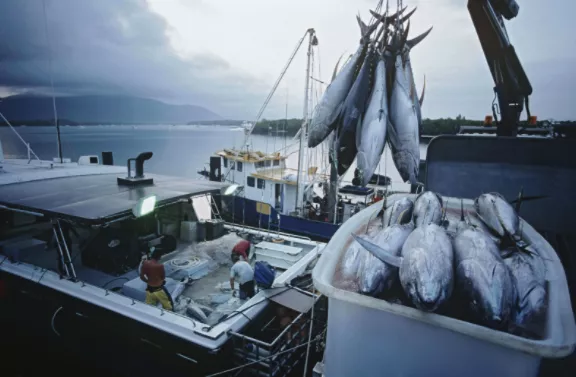
According to Seaspiracy, 2.7 billion fish are caught and killed every year. Five thousand fish are killed every minute.
No other industry in the world has ever killed as many animals as the intensive fishing industry. So much so that scientists have long been warning that by 2048 our oceans could be empty.
We are literally killing all life in the oceans, not realising that, without it, life on earth cannot continue.
The answer to the Seaspiracy question: there is no such thing as sustainable fishing
Is there such a thing as sustainable fishing? The answer is no, there is no way to make what we are doing in the oceans sustainable. But then, what do labels like MSC, the largest certification organisation for sustainable fisheries, certify?
Like Dolphin Safe, and so many farm accreditation schemes, these labels base their success on the relief they provide to consumers. They are driven by profits and massive corporate interests. In fact, 80% of MSC’s earnings come from issuing labels to fish producing brands.
Fishing is not sustainable for fish, it is not sustainable for ecosystems, it is not sustainable for people and it is the biggest threat to our oceans. Despite this, over £25 billion in fisheries subsidies are given each year worldwide.
Seaspiracy: Fish farming is part of the problem
For years it was believed that fish farming would be a solution to overfishing. But as the director of Seaspiracy travels to Scotland – one of the world’s leading salmon producers – he soon realises that this is not the reality.
Here salmon are bred by the hundreds of thousands in cramped, dirty cages. The animals are literally eaten alive by parasites and, according to local activists, in some farms 50% of the fish do not make it to slaughter, because they die first – it’s a real massacre.
Scientists recognise that fish, just like whales and other marine mammals, experience pleasure and pain – much like dogs, cats and even humans! In a recent exposé conducted by brave Animal Equality investigators, we revealed animals suffering from prolonged pain in a Scottish Salmon Company slaughterhouse. This investigation was the first of its kind ever to have been carried out in the UK and our findings were shocking. Many salmon’s gills were cut when they were still conscious, causing them to be in agony for up to several minutes as a result. Others – who fell or were thrown to the ground, due to the ever-increasing kill line speeds – were callously left to suffocate.
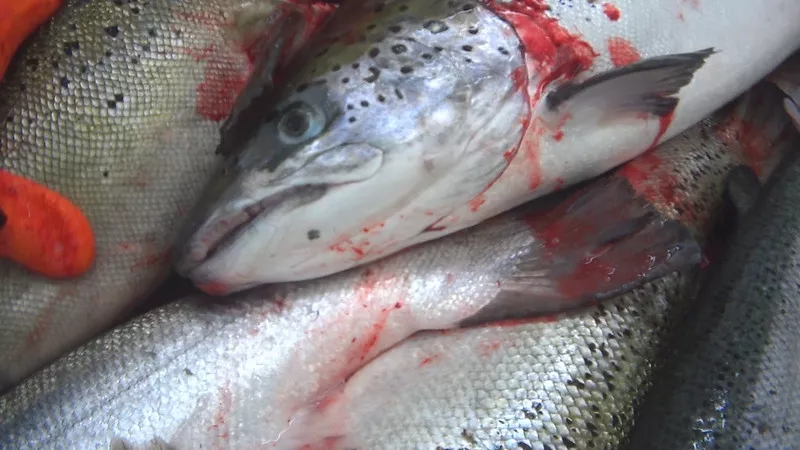
Another major problem is that many carnivorous fish are farmed, including salmon, meaning they need fish to sustain them. These animals are fed on fishmeal and fish oil feeds that are produced by the fishing industry. In the UK alone over 100 million fish are farmed every year and each of those animals requires an enormous amount of additional fish as feed. These destructive practices are leading to the continuous exploitation of marine resources.
Fish farming is not only devastating to animals, but to our environment too.. The pollution it produces includes biological waste from the fish, but also the waste from chemicals used to treat them or to pest control.
The solution
Billions of animals living in the sea are dying right now, victims of intensive fishing and trawling. Fish, mammals, seabirds are all being destroyed, alongside diverse and once-flourishing ecosystems. The biodiversity in our oceans is being lost.
What the documentary Seaspiracy certainly shows us is that we have to put an end to all this, now. We have to do it for the sake of fish – sensitive, intelligent animals that are too often forgotten. We have to do it for our planet, which cannot survive without healthy seas and oceans. And we have to do it for ourselves, as without life in the ocean, we cannot survive.
The fishing industry, as Seaspiracy shows, is a strong, ruthless, cruel industry. But each of us has the power to do something about it. Every day you have the power to choose to leave the suffering of the fish and of the seas off your plate.
Interviewed in the documentary Seaspiracy, renowned marine biologist Sylvia Earle made an appeal to everyone to stop eating fish. She said:
It isn’t too late to take the best hope we will ever have of having a home in this universe. To respect what we have got, to protect what remains […]. No one can do everything, but everyone can do something. That’s what we can do. That’s what you can do right now. Look in the mirror, figure it out. Go for it.
Sylvia Earle
As the documentary Seaspiracy shows, plant-based fish alternatives are more abundant than ever before and that you can obtain all of the Omega 3 that you need to thrive from vegetable sources, whilst avoiding dangerous heavy metals, such as mercury, which are found in fish.
You can make a difference today. Choose to change life for fish and for our seas, visit Love Veg for tasty plant-based tips and recipes!
In addition to the critical issues mentioned above, the documentary touches on many other hugely important issues surrounding the global fish industry.
Topics such as the exploitation of fish stocks by international companies in continents such as Africa and the use of slaves onboard fishing vessels. It also explores the role of organised crime and the cases of several government observers sent on board to monitor fishing, who have suddenly gone missing or been murdered.
All of this demonstrates once again how powerful and ruthless this industry can be. Watch the documentary Seaspiracy on Netflix now!
Recommended
